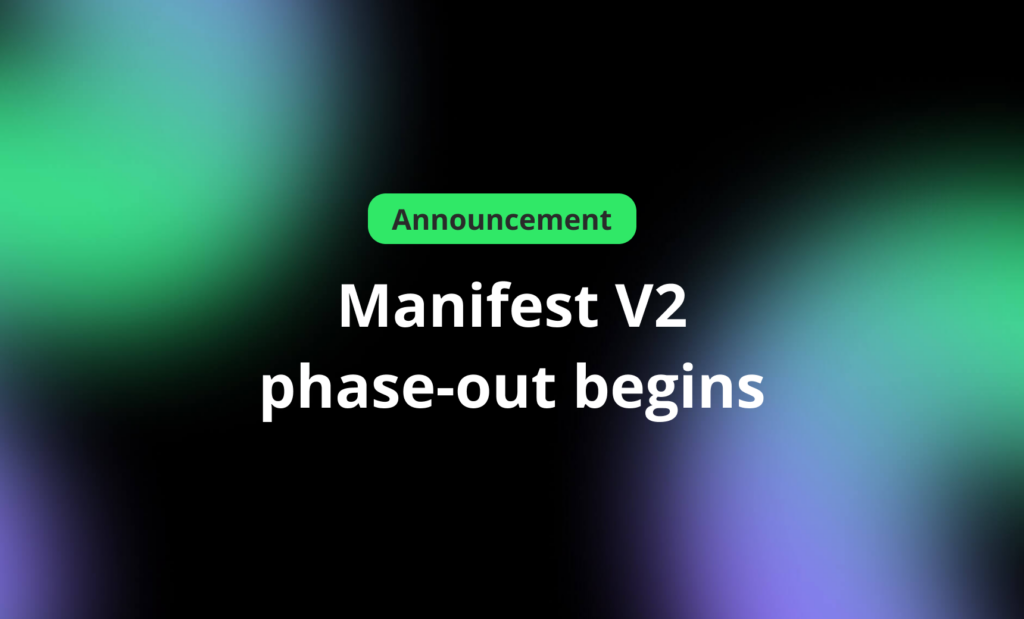Manifest V2 Phase-Out Begins

In November 2023, Google outlined a timeline for the phase-out of Manifest V2 extensions in Chrome. Based on the progress and feedback from the community, the company is now ready to proceed with these changes as scheduled.
Google has always aimed to maintain existing functionality while enhancing security, privacy, performance, and the overall trustworthiness of the extension ecosystem through Manifest V3. The company appreciates the collaboration and feedback from the community that have played a significant role in continually improving the extensions platform.
Addressing Community Feedback
Google acknowledges that transitions of this magnitude can be challenging. To support developers, the company has spent years refining Manifest V3 to facilitate the ongoing innovation within the extensions community. This includes adding support for user scripts and introducing offscreen documents, allowing extensions to use DOM APIs from a background context. In response to community input, Google also increased the number of rulesets for declarativeNetRequest, allowing extensions to bundle up to 330,000 static rules and dynamically add up to 30,000 more. More detailed information is available in Google’s content filtering guide.
To further ease the transition, this month Google introduced review skipping for safe rule updates in extensions using declarativeNetRequest. If an update involves only safe modifications to an extension’s static rule list for declarativeNetRequest, Chrome will approve the update within minutes. This, along with the launch of version rollback last month, provides developers with greater control over how their updates are deployed.
Ecosystem Progress
After addressing the major issues and feature gaps that were impeding migration last year, Google has observed a significant acceleration in the transition of extensions to Manifest V3. Over the past year, the company has invited developers, such as Eyeo, the creators of Adblock Plus, and GDE members like Matt Frisbie, to share their experiences and insights through guest posts and YouTube videos.
Currently, over 85% of actively maintained extensions in the Chrome Web Store are running on Manifest V3, including major content filtering extensions like AdBlock, Adblock Plus, uBlock Origin, and AdGuard.
What to Expect Next
Starting on June 3, users on the Chrome Beta, Dev, and Canary channels with Manifest V2 extensions installed will start seeing a warning banner on their extension management page – chrome://extensions – informing them that some of their extensions will soon no longer be supported. Extensions with the Featured badge that are still using Manifest V2 will also lose their badge.
Over the coming months, these extensions will be gradually disabled. Users will be directed to the Chrome Web Store, where they will be recommended Manifest V3 alternatives for their disabled extensions. Initially, users will still have the option to re-enable their Manifest V2 extensions, but this functionality will eventually be removed.
These changes will first roll out in pre-stable Chrome builds, including Chrome Beta, Dev, and Canary. The transition will then gradually extend to Chrome Stable, with the goal of completing the process by early next year. Enterprises using the ExtensionManifestV2Availability policy will be exempt from any browser changes until June 2025.
For more details, please refer to Google’s recent Chrome extensions Google I/O talk. Additional questions can be directed to the Chromium extensions mailing list.


